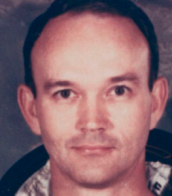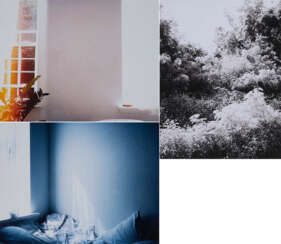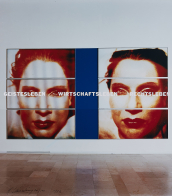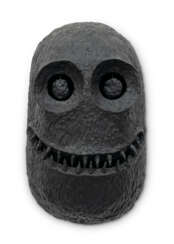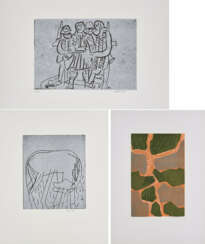5 x 27cm)
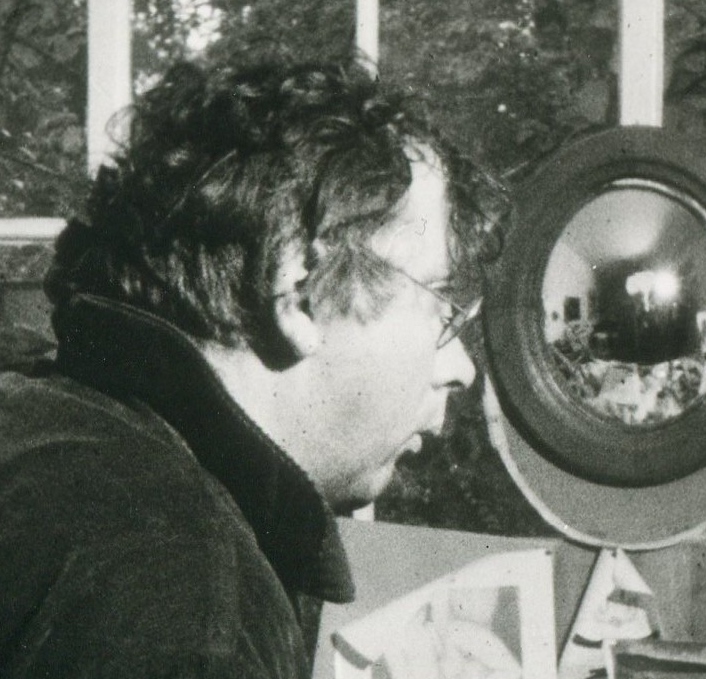
Horst Janssen was a German graphic artist, printmaker, poster and illustrator. He created many drawings, etchings, woodcuts, lithographs, and woodcuts.
There is a museum dedicated to his legacy in Horst Janssen's hometown of Oldenburg. His works are represented internationally in major museums.

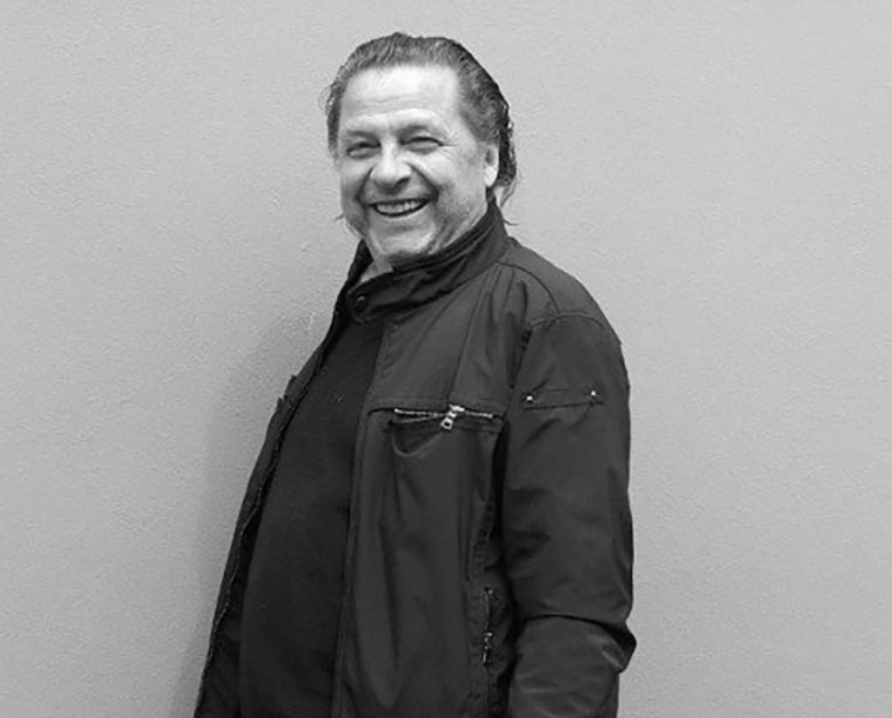
Georg Herold is a German artist. He works in sculpture, installation, painting, photography, and video art. He lives and works in Cologne, Germany.
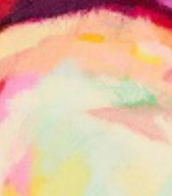
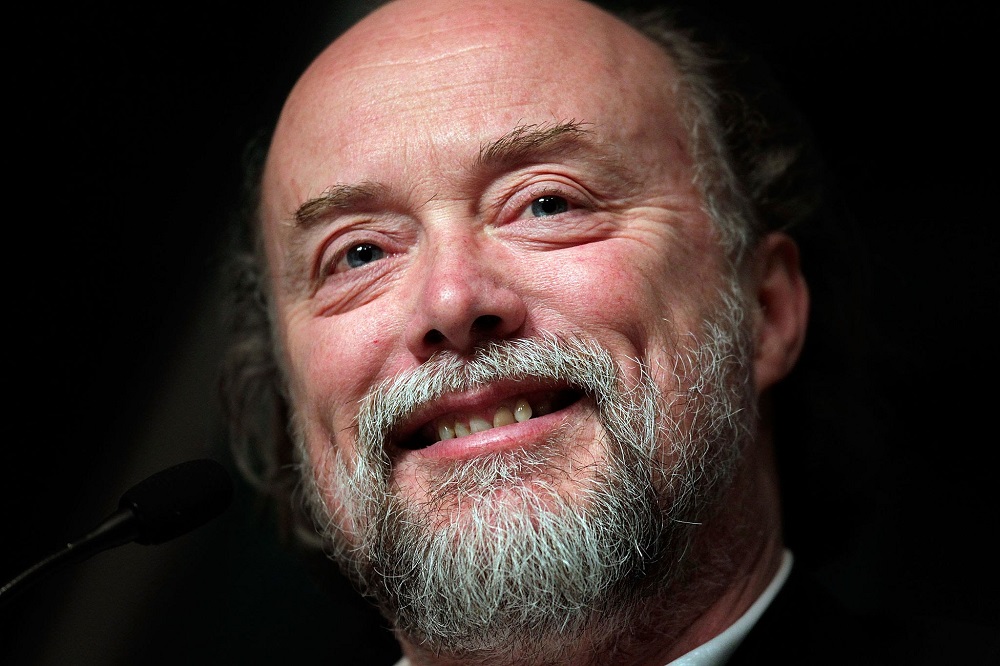
Bill Henson is an Australian photographer. He is known for his moody and atmospheric photographs of the human form, as well as landscapes and architectural interiors.
Henson began his career as a photographer in the 1970s and gained recognition in the 1980s for his moody and enigmatic images of teenagers. His work often explores themes of sexuality, desire, and the subconscious.
Throughout his career, Henson has continued to produce striking photographic works that push the boundaries of conventional portraiture and landscape photography. He has exhibited widely both in Australia and internationally and his work is included in the collections of many major museums, including the National Gallery of Australia, the Museum of Contemporary Art in Sydney, and the Solomon R. Guggenheim Museum in New York.
Henson has also been the recipient of numerous awards and honors for his photography, including the Centenary Medal from the Australian government in 2001 and the Officer of the Order of Australia in 2019.
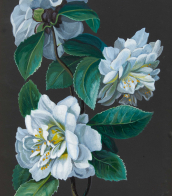

Clare Richardson is a British photographer. She is known for her minimalist approach to photography, which often involves capturing still lifes, landscapes, and portraits in a spare, understated style.
Richardson's work has been exhibited internationally, including at the Museum of Modern Art in New York, the Victoria and Albert Museum in London, and the Hasselblad Foundation in Sweden. She has also published several photography books.
Richardson's work has been praised for its ability to capture the beauty and mystery of everyday life. Her images often feature ordinary objects and landscapes, but through her careful composition and use of light and shadow, she imbues them with a sense of quiet intensity and emotional resonance. Richardson has stated that she is drawn to the idea of "making something out of nothing," and her spare, elegant photographs reflect this ethos.
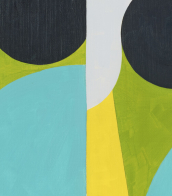

Clare Richardson is a British photographer. She is known for her minimalist approach to photography, which often involves capturing still lifes, landscapes, and portraits in a spare, understated style.
Richardson's work has been exhibited internationally, including at the Museum of Modern Art in New York, the Victoria and Albert Museum in London, and the Hasselblad Foundation in Sweden. She has also published several photography books.
Richardson's work has been praised for its ability to capture the beauty and mystery of everyday life. Her images often feature ordinary objects and landscapes, but through her careful composition and use of light and shadow, she imbues them with a sense of quiet intensity and emotional resonance. Richardson has stated that she is drawn to the idea of "making something out of nothing," and her spare, elegant photographs reflect this ethos.


Clare Richardson is a British photographer. She is known for her minimalist approach to photography, which often involves capturing still lifes, landscapes, and portraits in a spare, understated style.
Richardson's work has been exhibited internationally, including at the Museum of Modern Art in New York, the Victoria and Albert Museum in London, and the Hasselblad Foundation in Sweden. She has also published several photography books.
Richardson's work has been praised for its ability to capture the beauty and mystery of everyday life. Her images often feature ordinary objects and landscapes, but through her careful composition and use of light and shadow, she imbues them with a sense of quiet intensity and emotional resonance. Richardson has stated that she is drawn to the idea of "making something out of nothing," and her spare, elegant photographs reflect this ethos.
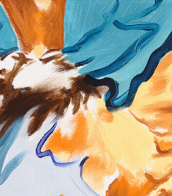

Michael Buthe was a German artist who lived and worked between Germany and Morocco. He exhibited widely throughout Europe during his life and is known for his eclectic and prolific oeuvre which encompasses painting, sculpture, and installation.
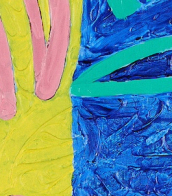
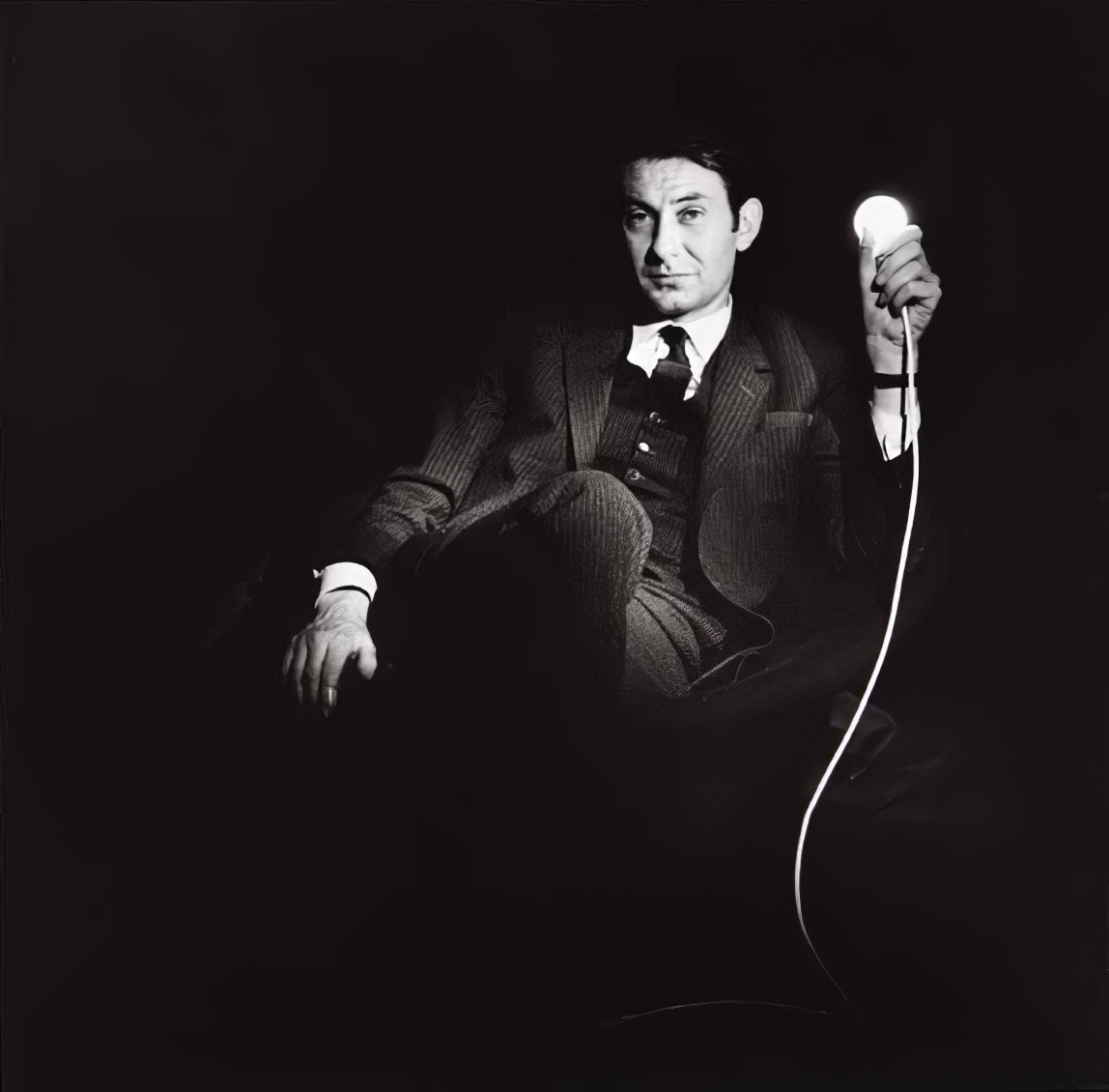
Otto Piene was a German-American artist specializing in kinetic and technology-based art, often working collaboratively.
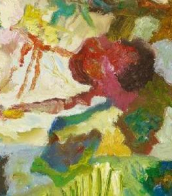
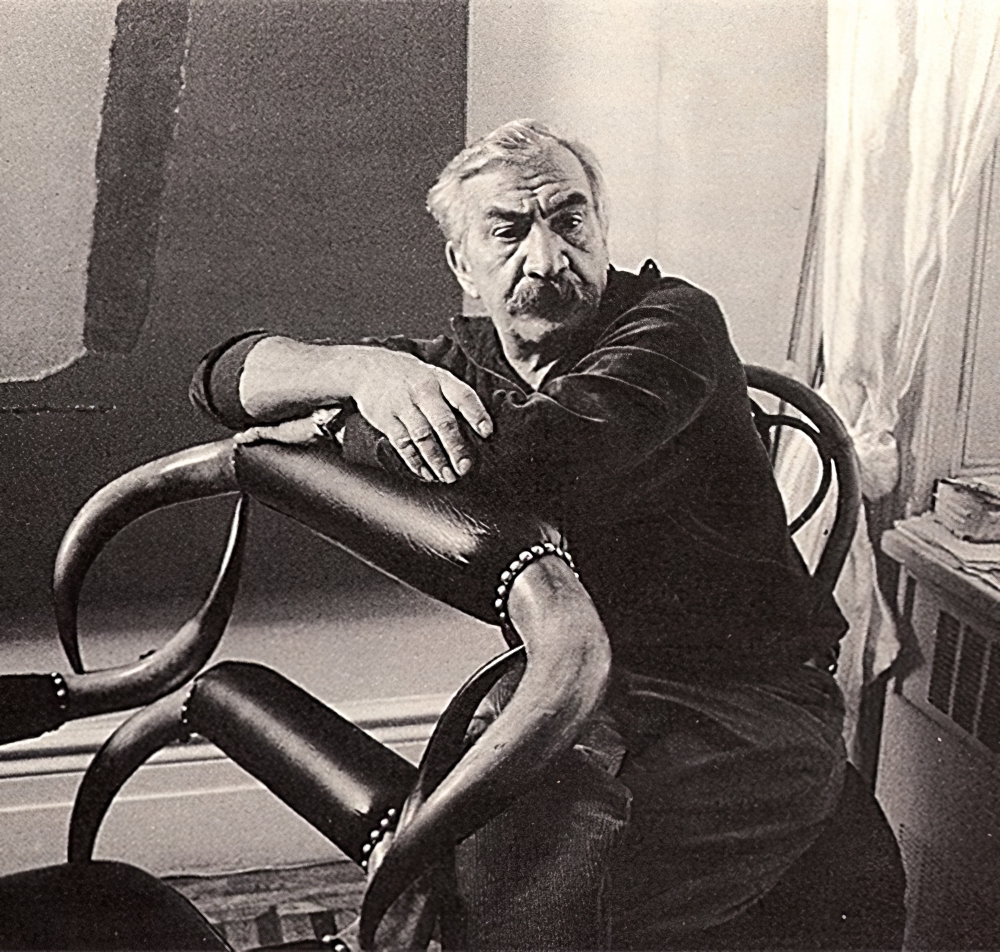
Theodoros Stamos was a Greek-American painter. He is one of the youngest painters of the original group of abstract expressionist painters (the so-called "Irascibles"), which included Jackson Pollock, Willem de Kooning and Mark Rothko. His later years were negatively affected by his involvement with the Rothko case.

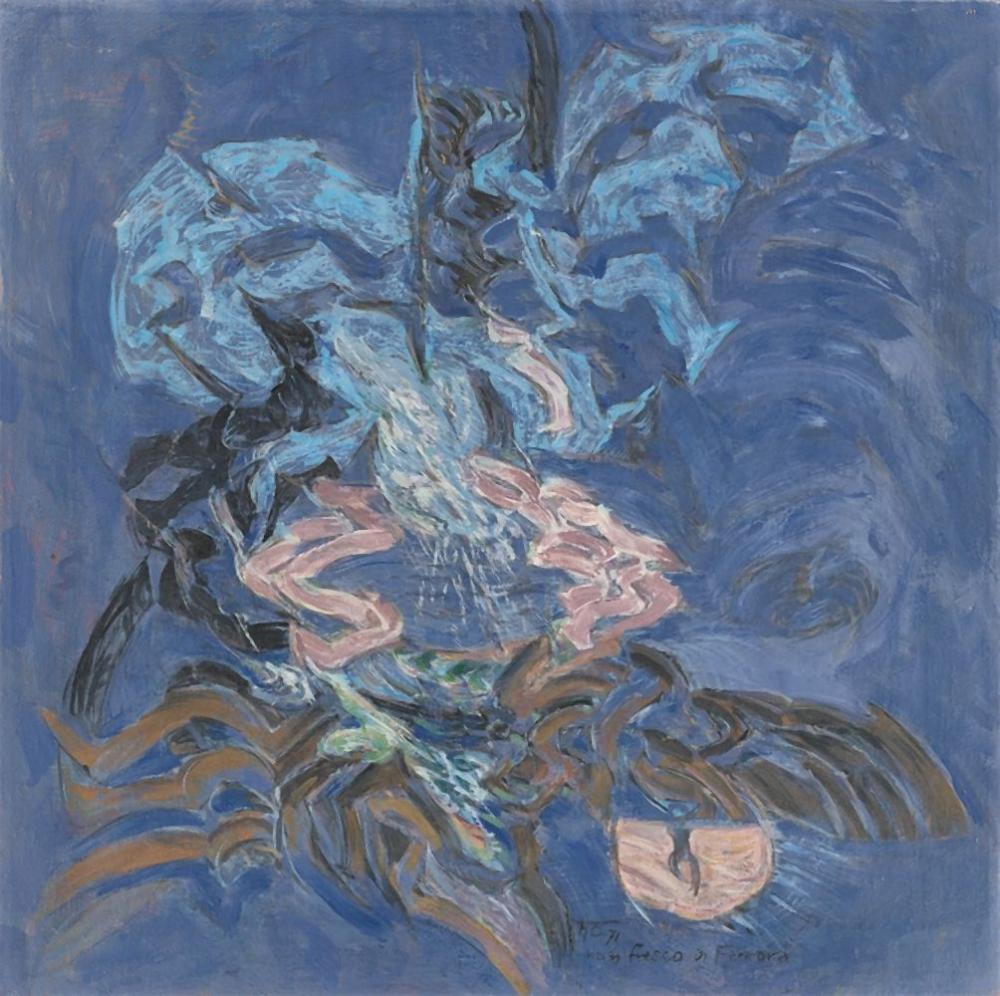
Hann Trier was a German abstract expressionist watercolourist and graphic artist. Hann Trier is best known for his giant ceiling paintings in the Charlottenburg Palace. He was the older brother of the art historian Eduard Trier (1920-2009).
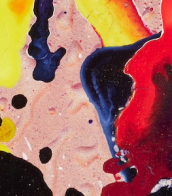

Mary Hildegard Ruth Bauermeister was a German artist who worked in sculpture, drawing, installation, performance, and music. Influenced by Fluxus artists and Nouveau Réalisme, her work addresses esoteric issues of how information is transferable through society. Beginning in the 1970s, her work concentrated on the themes surrounding New Age spirituality, specifically geomancy, the divine interpretation of lines on the ground.


Georg Herold is a German artist. He works in sculpture, installation, painting, photography, and video art. He lives and works in Cologne, Germany.

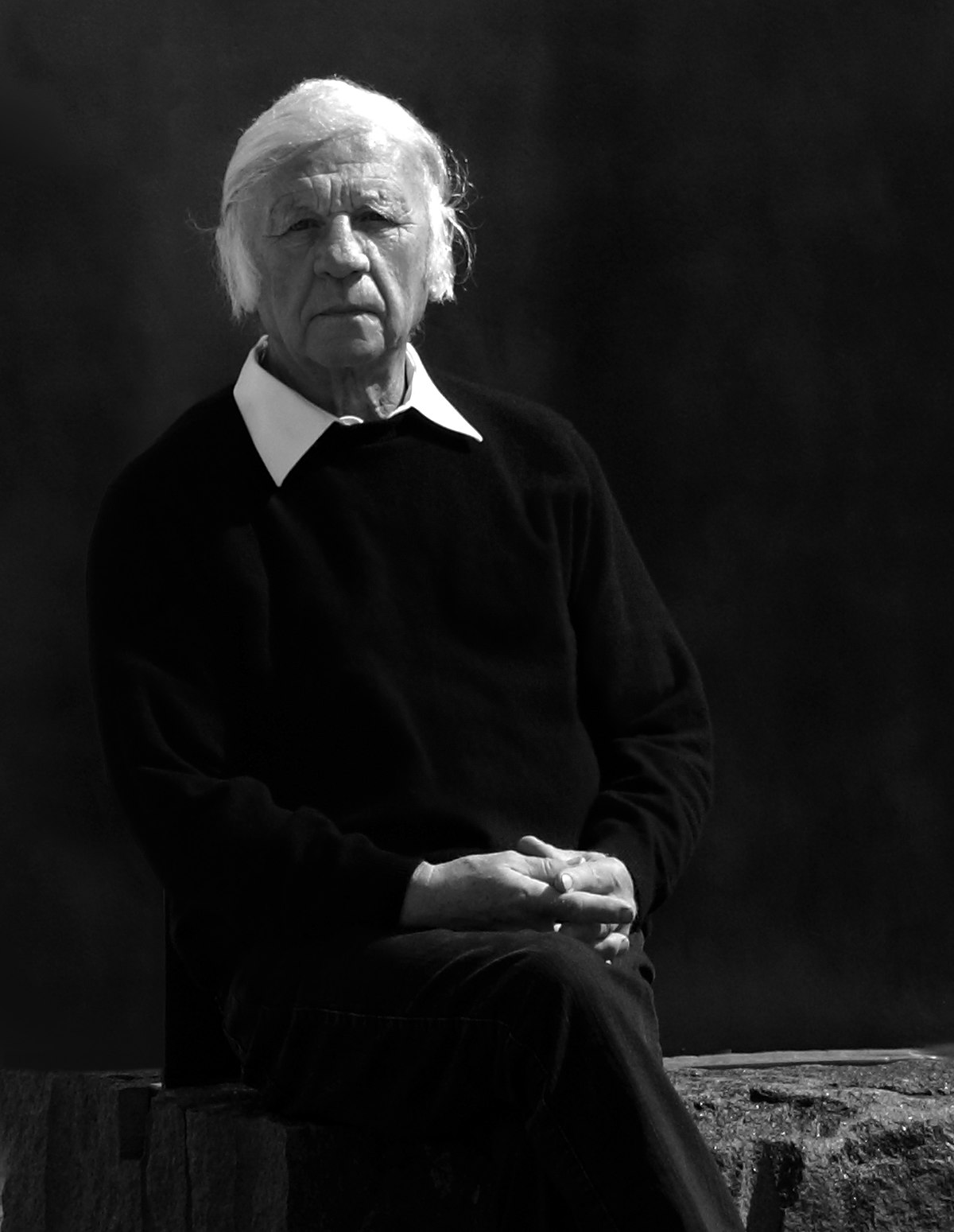
Heinz Mack is a German artist. Together with Otto Piene he founded the ZERO movement in 1957. He exhibited works at documenta in 1964 and 1977 and he represented Germany at the 1970 Venice Biennale. He is best known for his contributions to op art, light art and kinetic art.

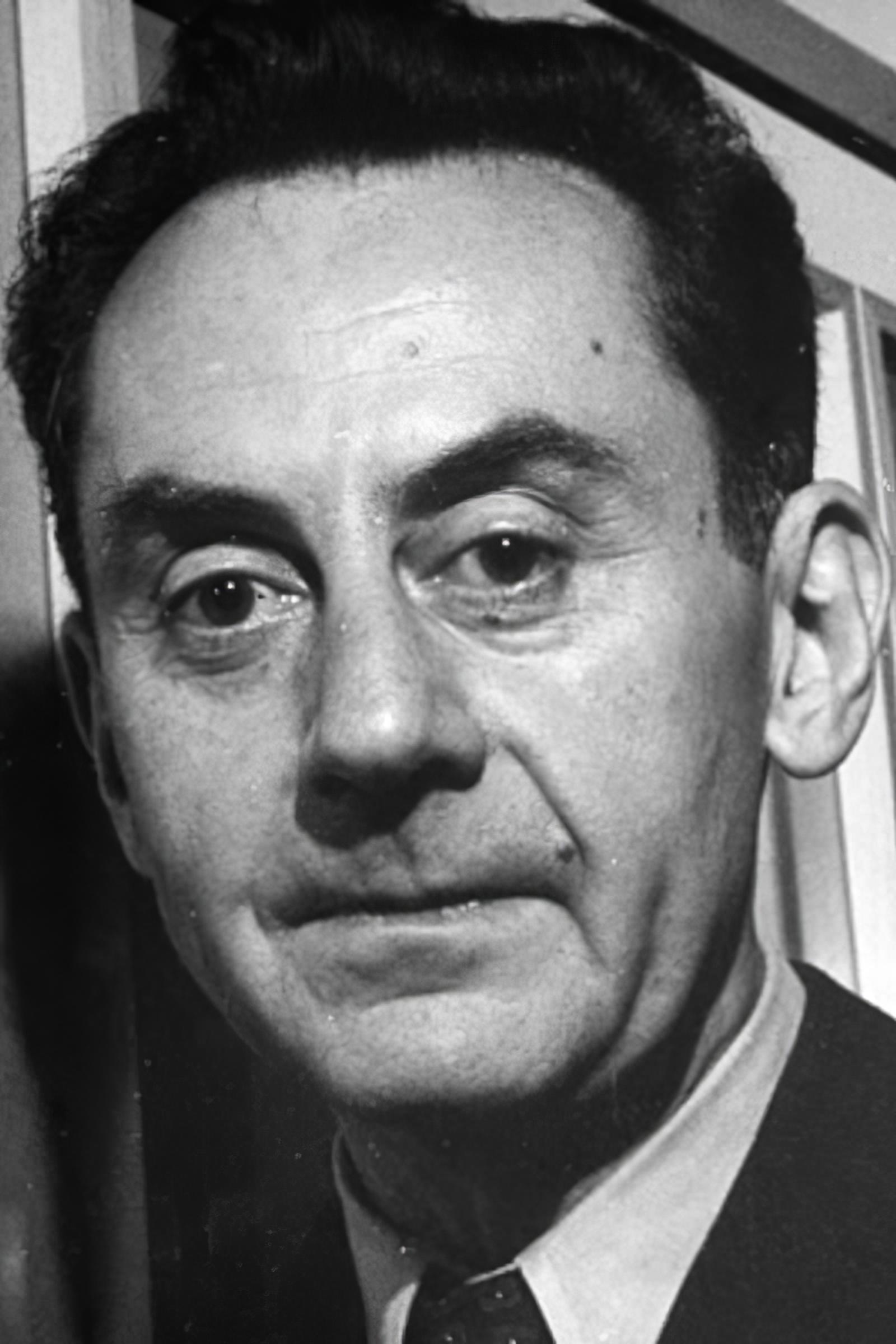
Man Ray, born Emmanuel Radnitzky, was an American visual artist who played a significant role in the Dada and Surrealist movements. His pioneering efforts in photography, alongside his work in painting and sculpture, have cemented his place as a major figure in modern art. Known for his innovative techniques and the ability to convey complex ideas through simple, striking visuals, Man Ray's contribution to the art world is profound.
Throughout his career, Man Ray was celebrated for his avant-garde approach and his ability to transcend traditional boundaries between different artistic mediums. His photography, characterized by experimental techniques such as solarization and rayographs (cameraless photographs), challenged conventional perceptions of photography as merely a means of representation. These artistic innovations made him a central figure in both Parisian and American art circles.
Man Ray's works are housed in some of the world's most prestigious museums and galleries, including the Museum of Modern Art in New York and the Centre Pompidou in Paris. His pieces, such as "Le Violon d'Ingres" and "Noire et Blanche," are iconic images that continue to influence artists today. His ability to blend the abstract with the realistic, and the humorous with the serious, has left a lasting legacy in the world of art.
For collectors and experts in art and antiques, the work of Man Ray offers a glimpse into the revolutionary changes that shaped the visual arts in the 20th century. His unique perspective and pioneering techniques continue to inspire and challenge those interested in the boundaries of creativity and expression.
If you're passionate about the avant-garde, or simply wish to explore the fascinating world of Man Ray further, sign up for our updates. You'll receive alerts on new product sales and auction events related to Man Ray, ensuring you never miss an opportunity to engage with the legacy of this extraordinary artist.
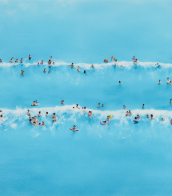
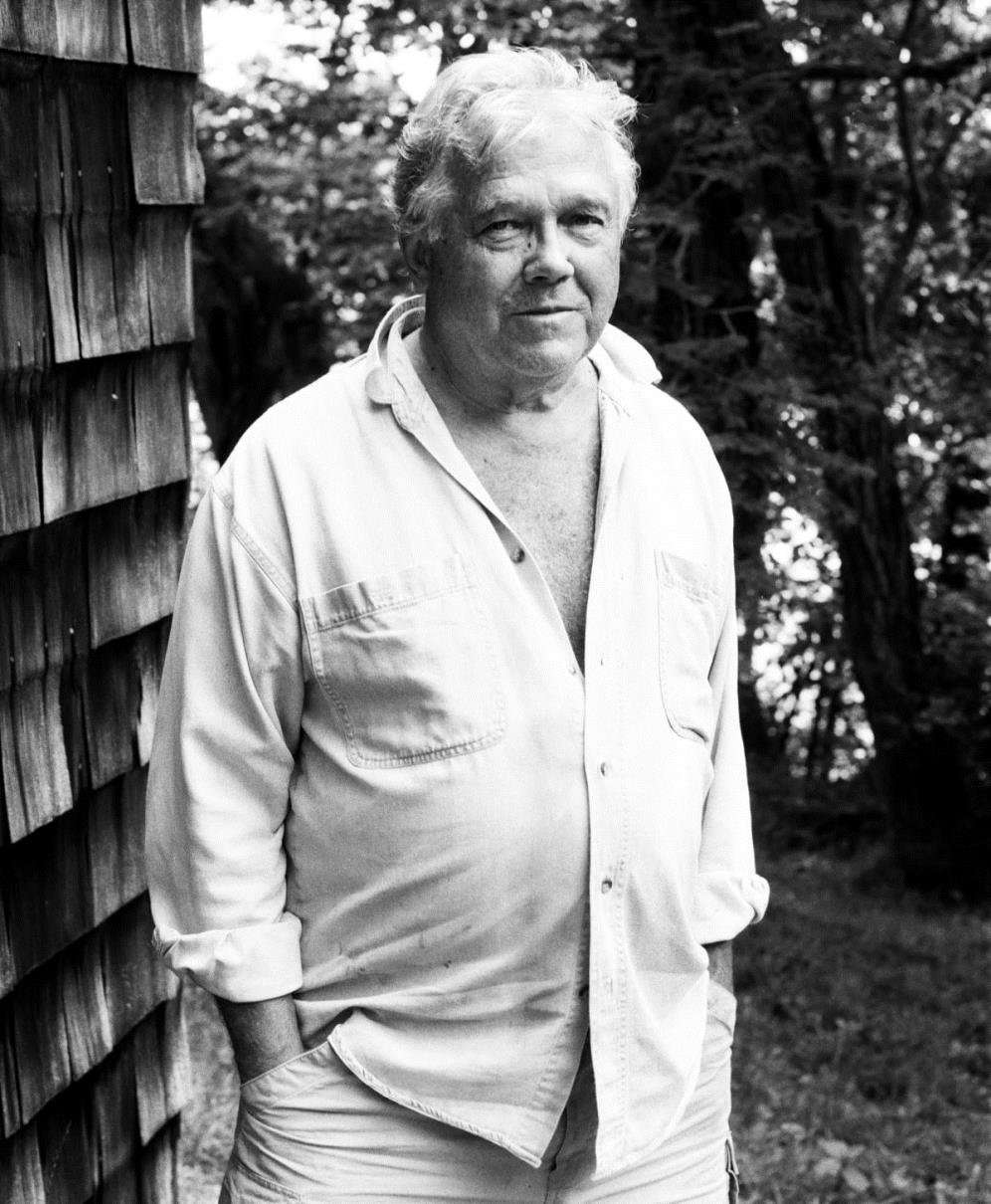
Gary Kuehn is an American artist who pioneered the Postminimal and Process Art movements of the 1960s. His work is known for its fluid use of materials that undermined the psychology of dominant Minimal Art practices.[16] Using a straightforward and reduced formal language, Kuehn subverts pure geometric forms with content-driven, metaphorical concepts. Although Kuehn works with a wide range of materials, the unifying theme throughout his discursive practices is a tension between forms as evident in his Black Paintings and Melt Pieces. In 1992 he received the Francis J. Greenburger Foundation Award.

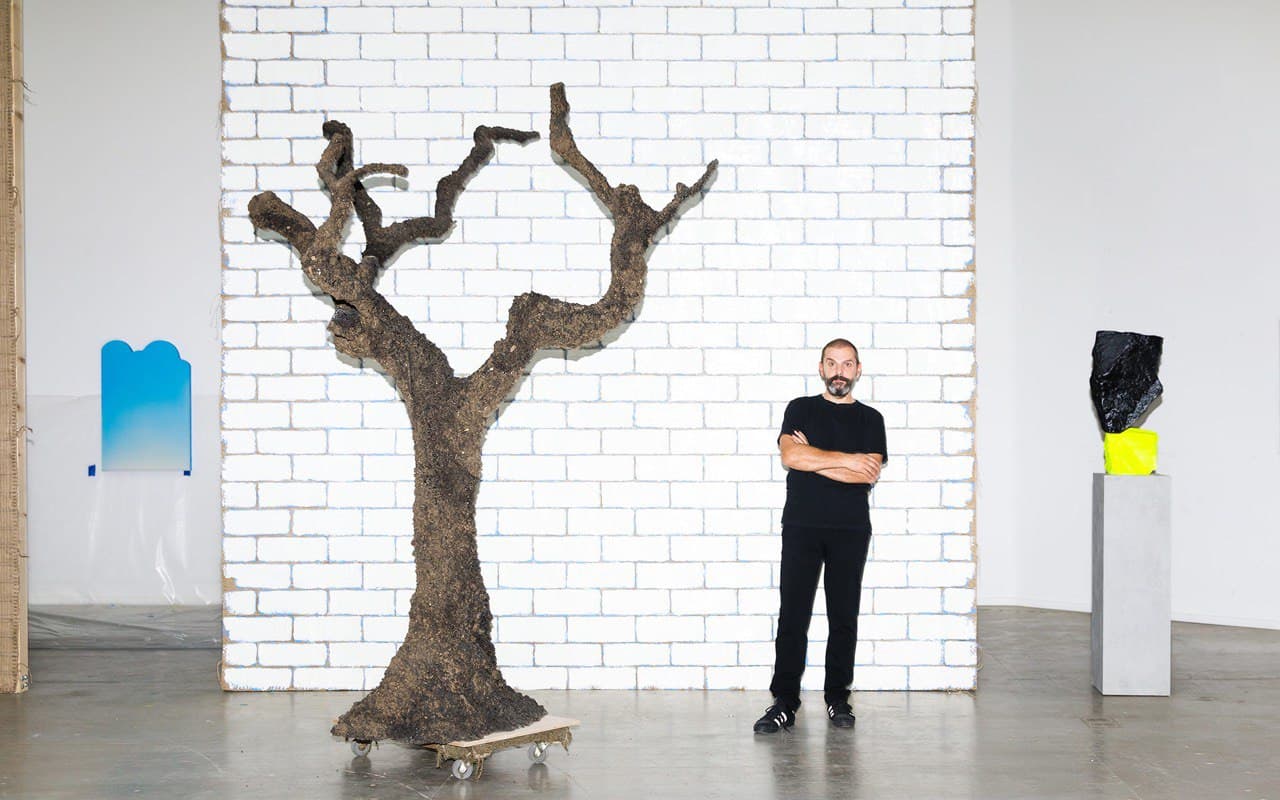
Ugo Rondinone is a Swiss-born artist widely recognized for his mastery of several different media — most prominently sculpture, drawing and painting, but also photography, architecture, video and sound installation — in the largely figurative works he has made for exhibitions in galleries, museums and outdoor public spaces around the world. He has never limited himself to a particular material, no more than he has to a single discipline. Lead, wood, wax, bronze, stained glass, ink, paint, soil and stone are all tools in a creative arsenal that the artist has employed to extend the Romantic tradition in works that are as sensitive to the passage of time as to the nuances of body language and the spoken word.
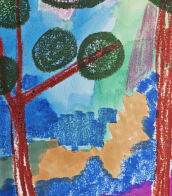
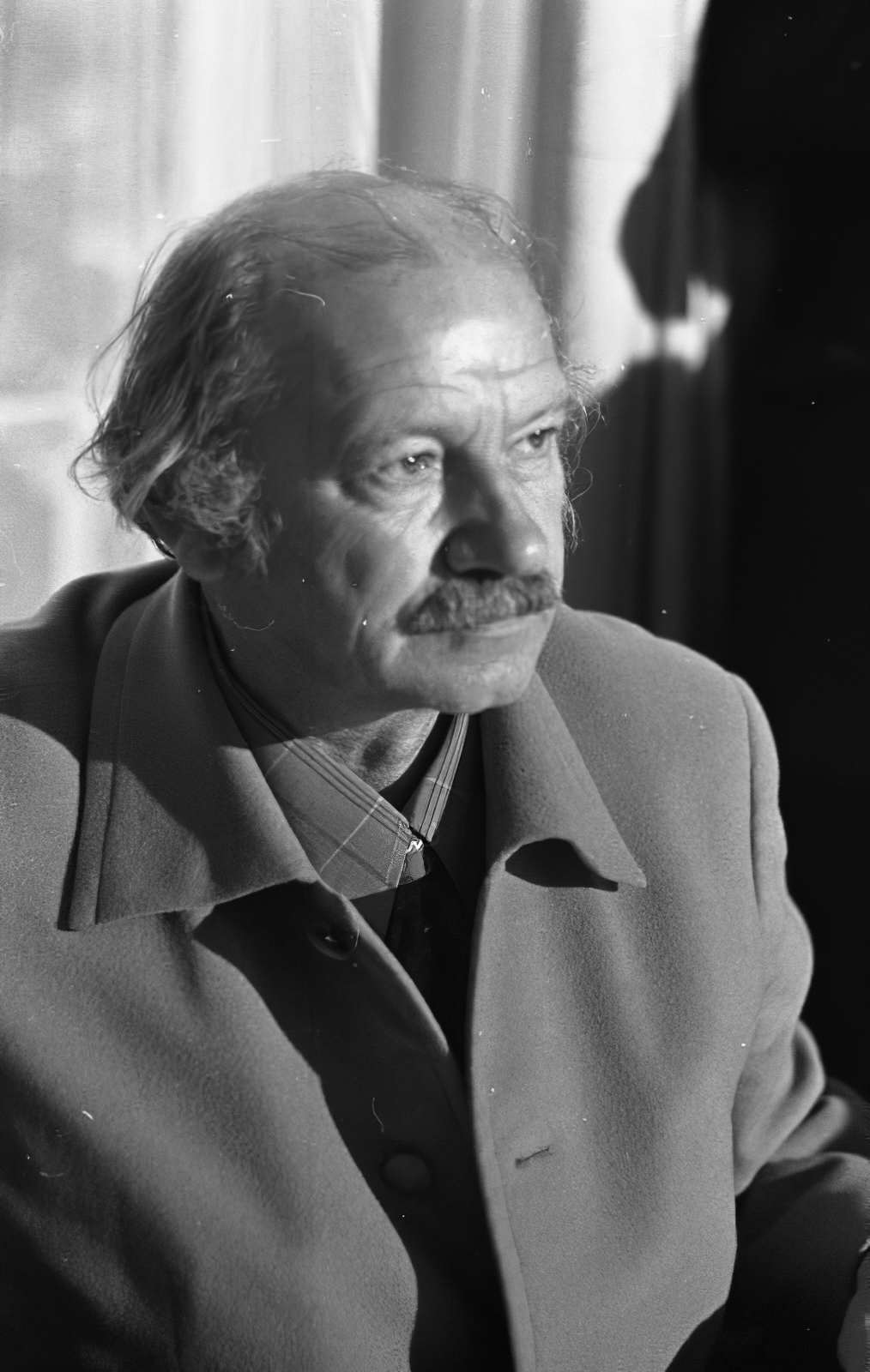
Helmut Andreas Paul Grieshaber or HAP Grieshaber was a German artist. His preferred medium was large format woodcuts.
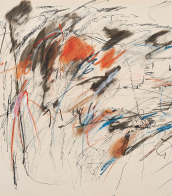
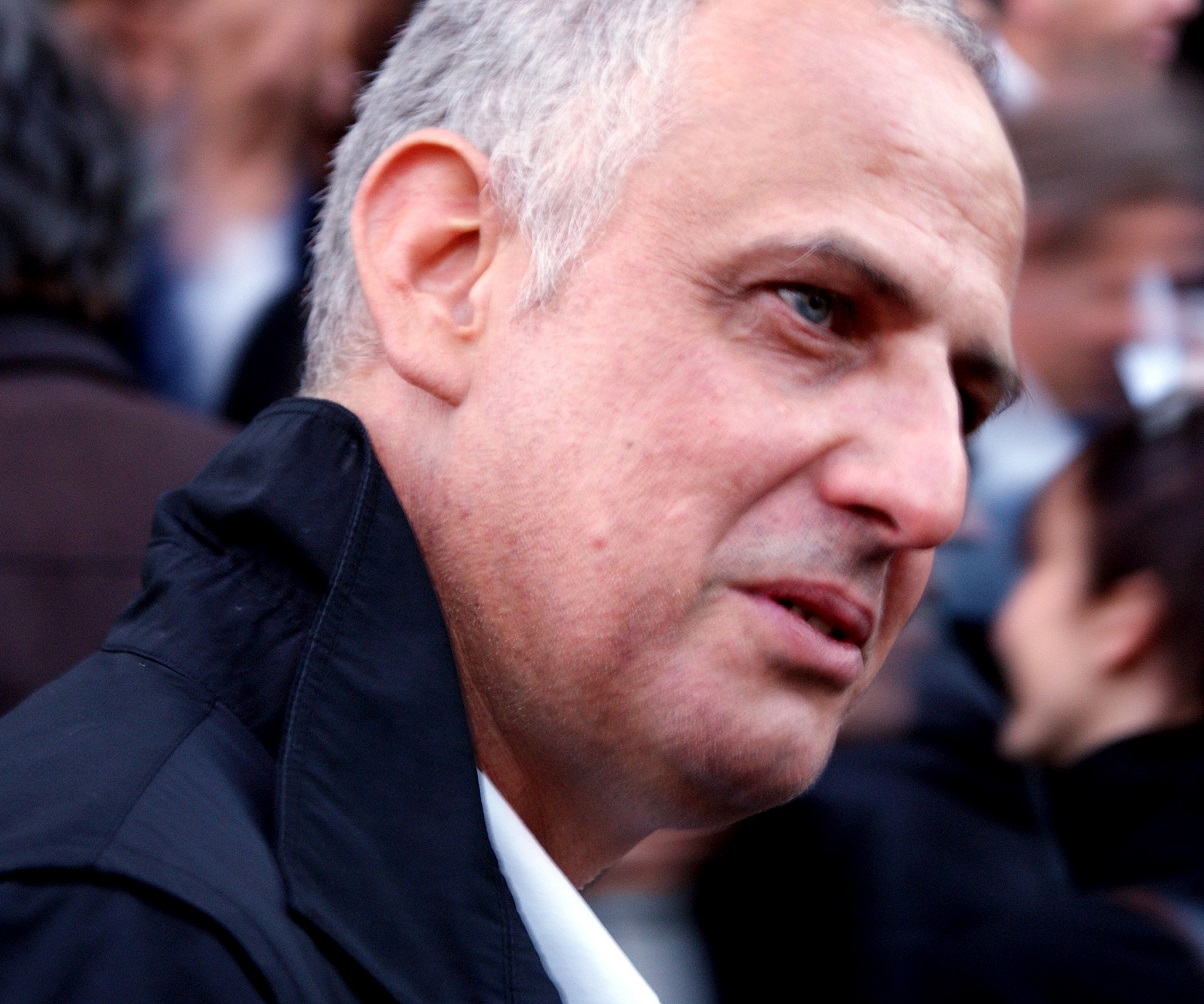
Luc Tuymans is a Belgian visual artist best known for his paintings which explore people's relationship with history and confront their ability to ignore it. World War II is a recurring theme in his work. He is a key figure of the generation of European figurative painters who gained renown at a time when many believed the medium had lost its relevance due to the new digital age.
Much of Tuymans' work deals with moral complexity, specifically the coexistence of «good» and «evil». His subjects range from major historical events such as the Holocaust to the seemingly inconsequential or banal: wallpaper, Christmas decorations or everyday objects for example.
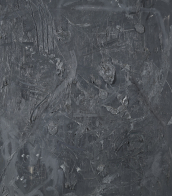


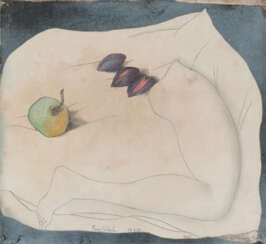



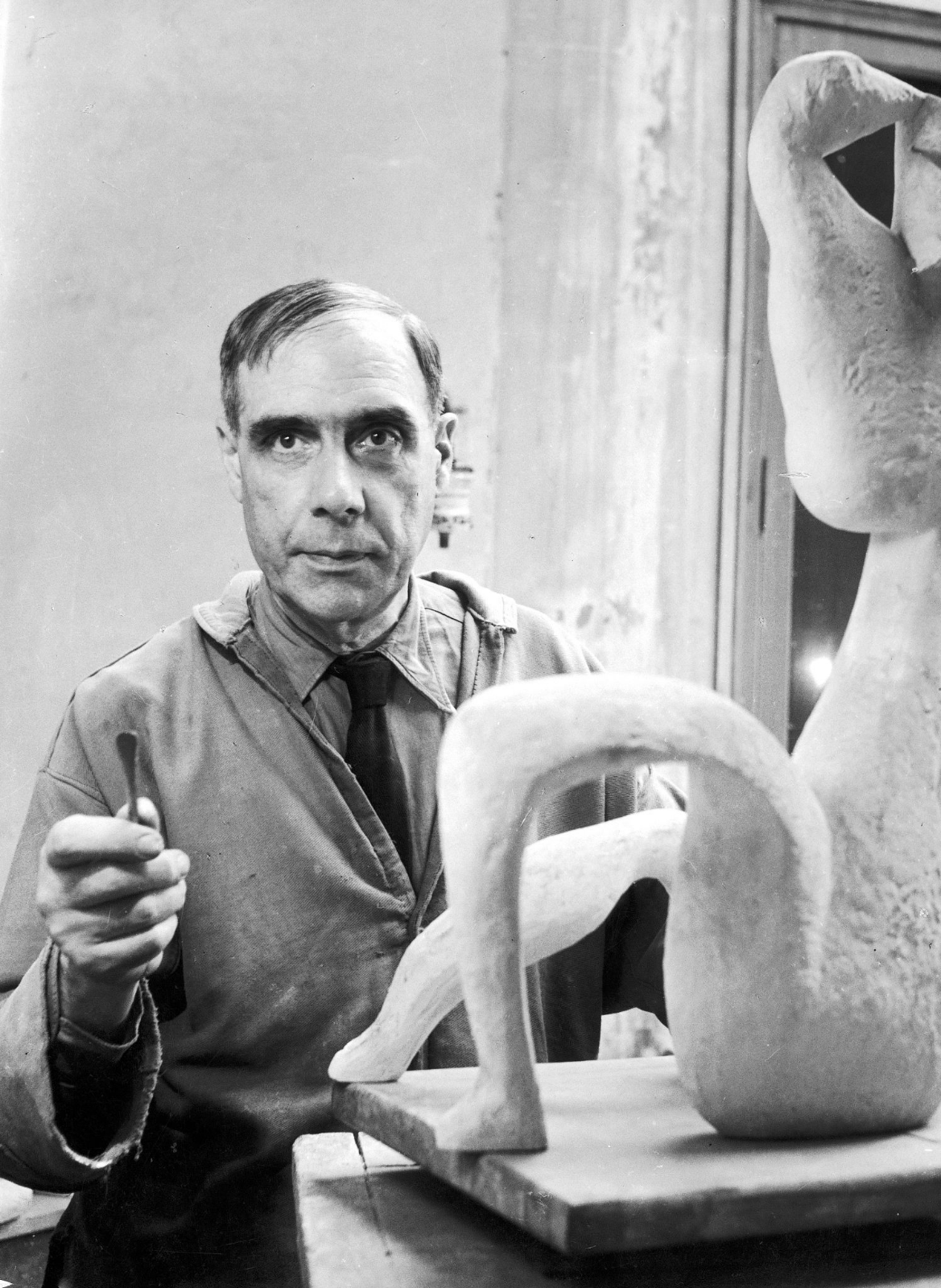



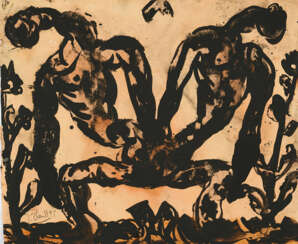

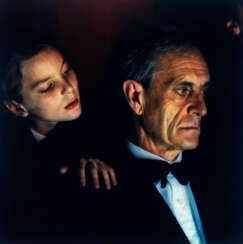

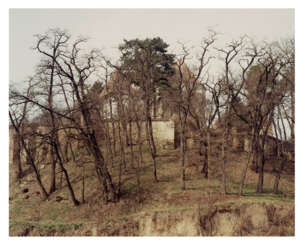

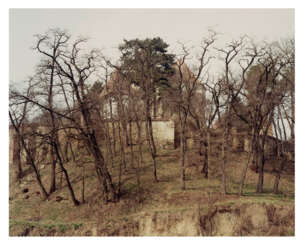



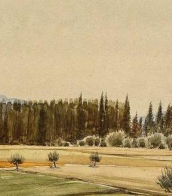
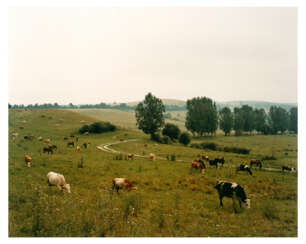



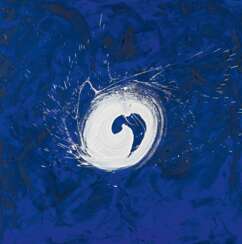

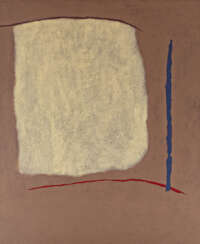


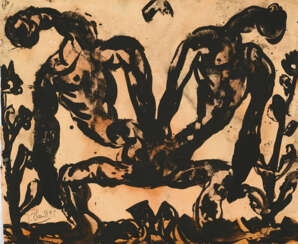





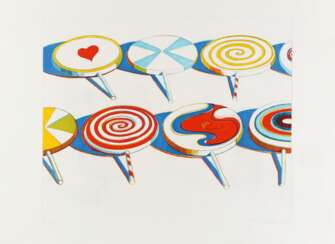

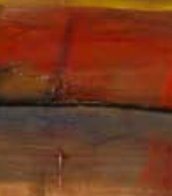
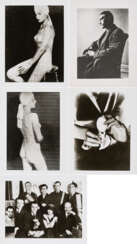

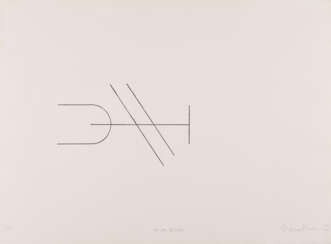



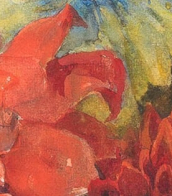


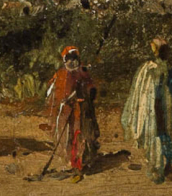


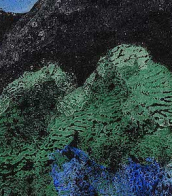
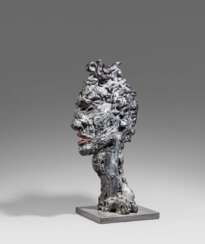


![Earth from space; Bahamas [Large Format], June 3-7, 1965](/assets/image/picture_1218561/54e3e/7b0648c28319f7156cd6d4f2977b1a7c1604656800jpg__fix_374_244.jpeg)
![Earth from space; Bahamas [Large Format], June 3-7, 1965](https://veryimportantlot.com/assets/image/picture_1218561/54e3e/7b0648c28319f7156cd6d4f2977b1a7c1604656800jpg__fix_374_244.jpeg)
